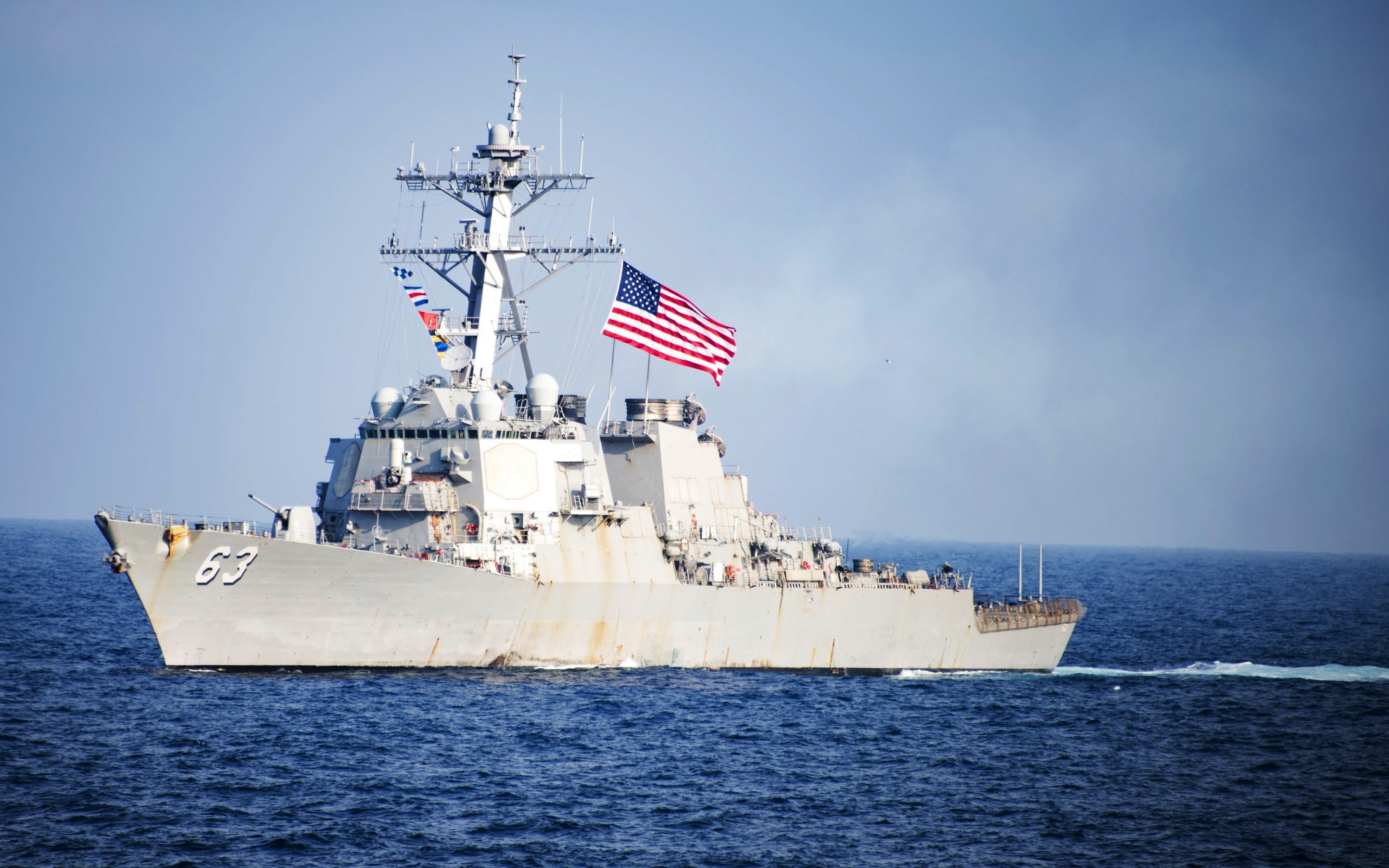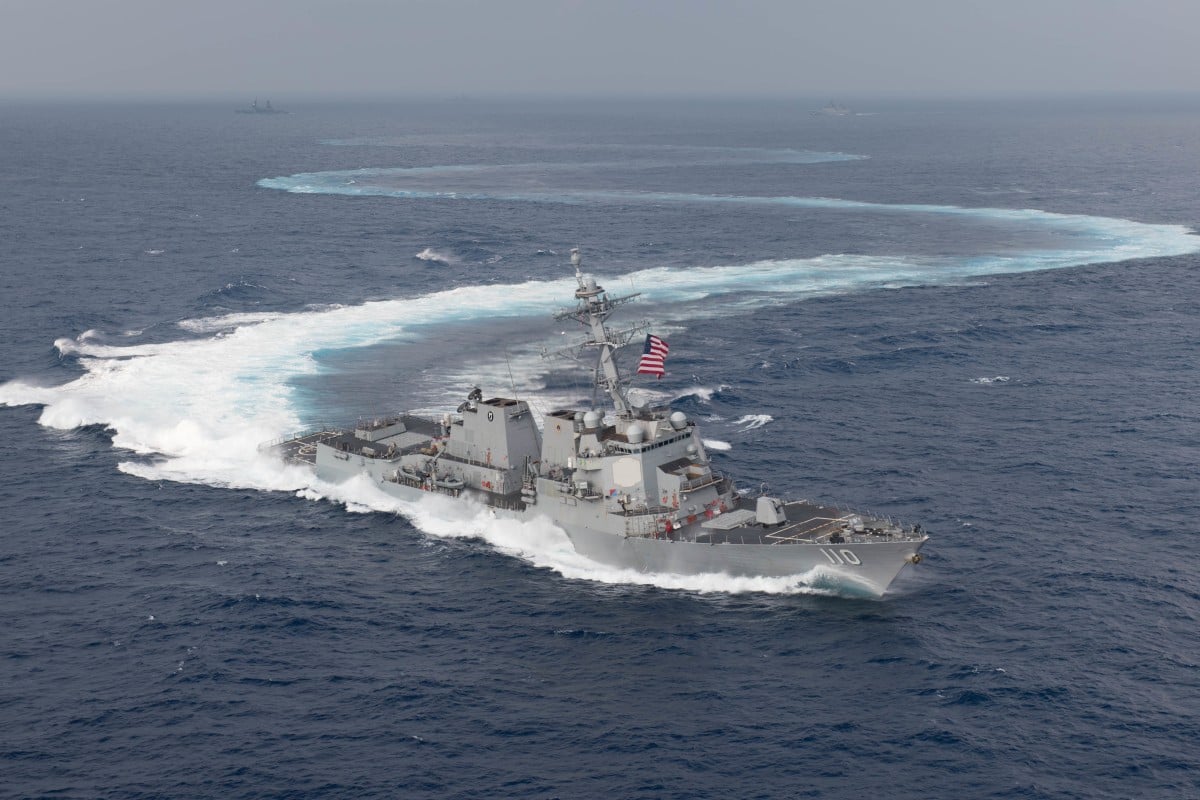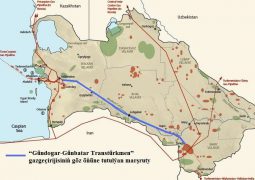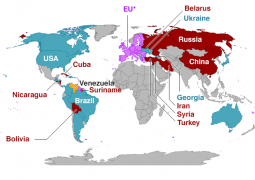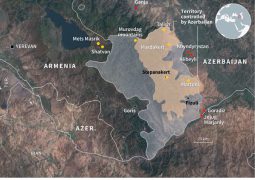US-China Trade War results or Long Term Geopolitics Planning over Taiwan Strait?

Beijing ‘tones down’ response after US warships sail through Taiwan Strait
- Foreign ministry spokesman says Beijing ‘expressed concern’ to Washington over the transit – a move that usually provokes a stronger reaction
- Military experts say the destroyers had turned on their automatic identification systems in an apparently ‘friendly’ gesture
Beijing on Monday “expressed concern” after two US warships passed through the Taiwan Strait, but stopped short of lodging a “stern protest” as it has previously done over similar transits.
Asked about the warships, Chinese foreign ministry spokesman Geng Shuang said Beijing had “expressed concern” to Washington.
Geng reiterated that the US should handle the Taiwan issue “prudently” to avoid a negative impact on its relations with Beijing. The spokesman also repeated that “the Taiwan issue is the most important and sensitive issue in Sino-US relations”.
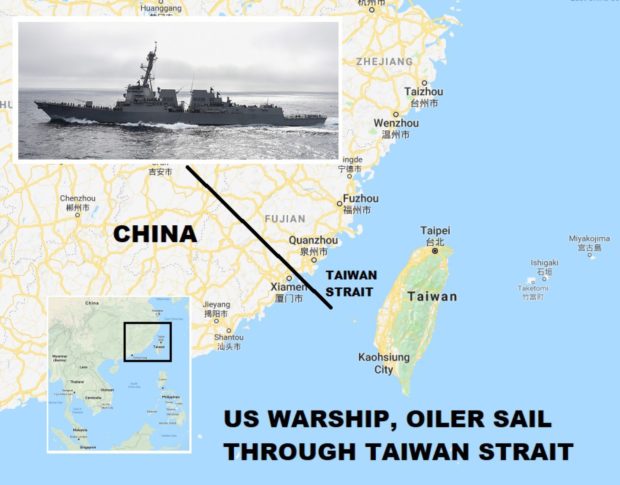

Military experts said that in the latest transit, the two destroyers switched on their automatic identification systems – apparently a “friendly” gesture to allay Beijing’s concerns and show that they were carrying out a “freedom of navigation” operation.
Taiwan-based military analyst Chi Le-yi said Beijing had “toned down its criticism because the destroyers could be identified”.
“The US warships used to be less open, and they would not notify any countries about their movements,” Chi said.
Another military expert, Zhou Chenming, said both Beijing and Washington wanted to soften their rhetoric because trade talks between the two countries were close to the final stage.
But Drew Thompson, a former US defence department official responsible for managing relations with Beijing, Taipei and Mongolia, said that Washington would not use its military to send political signals to China.
“The role of US military is not like the People’s Liberation Army to be used in politics,” said Thompson, a visiting senior research fellow at the Lee Kuan Yew School of Public Policy at the National University of Singapore.
He said the US Navy had made fewer transits through the Taiwan Strait in 2018 after a collision involving three American frigates two years ago.
“The frequency of strait transits had gone down last year, and now is backing down to historical levels … now the ships are returning to operations of norms,” Thompson said.
In Hong Kong, military commentator Song Zhongping said that Beijing would still regard such voyages as provocative moves aimed at challenging its one-China principle – Beijing’s position that the mainland and Taiwan belong to the same country.
“Everyone knows that the Taiwan Strait is very sensitive for Chinese people, and these kinds of transits will only embolden pro-independence forces on the island,” Song said.
Collin Koh, a research fellow at the S. Rajaratnam School of International Studies at Nanyang Technological University in Singapore, said the US destroyers’ transit would be broadly seen as a move “deliberately designed by Washington to demonstrate its freedom of navigation to mainland China”.
He said that was especially the case since it took place soon after Beijing’s strong response to the French warship sailing through the strait.
“Beijing seems to be taking a harder stance on transits through the strait – and we’re not likely to see the US backing down. I expect the US to keep up, if not increase, these naval activities to demonstrate its security commitment to the region,” he said.
United States sends two warships through Taiwan Strait
- Passage underlines American commitment to “free and open Indo-Pacific”, US Navy says amid rising tensions with Beijing
The US military said it sent two navy warships through the Taiwan Strait on Sunday as the Pentagon increases the frequency of movement through the strategic waterway despite opposition from Beijing.
The voyage is likely to be viewed by self-ruled Taiwan as a sign of support from the Trump administration amid growing friction between Taipei and Beijing.
Taiwan is one of a growing number of flashpoints in the US-China relationship, which also include a trade war, US sanctions and China’s increasingly muscular military posture in the South China Sea, where the United States also conducts freedom-of-navigation patrols.
The two destroyers were identified as the William P. Lawrence and Stethem. The 180km-wide (112-mile) Taiwan Strait separates Taiwan from mainland China.
“The ships’ transit through the Taiwan Strait demonstrates the US commitment to a free and open Indo-Pacific,” Commander Clay Doss, a spokesman for the US Navy’s Seventh Fleet, said in a statement.
Doss said there were no unsafe or unprofessional interactions with other countries’ vessels during the transit.
“US ships freely passing through the Taiwan Strait is part of the mission of carrying out the Indo-Pacific strategy,” it said in a statement.
Taiwan’s armed forces monitored the transit and nothing out of the ordinary happened during it, the ministry said.
There was no immediate comment from Beijing.
The United States has no formal ties with Taiwan but is bound by law to help provide the island with the means to defend itself and is its main source of arms.
The Pentagon says Washington has sold Taipei more than US$15 billion in weaponry since 2010.
Beijing has been ramping up pressure to assert its sovereignty over the island, which it considers a wayward province of “one China” and sacred Chinese territory.
Mainland China has repeatedly sent military aircraft and ships to circle the island on drills in the past few years and worked to isolate it internationally, whittling down its few remaining diplomatic allies.
https://www.scmp.com/news/china/military/article/3008064/united-states-sends-two-warships-through-taiwan-strait
- Previous Geopolitics: Indonesia forecasts multibillion-dollar belt and road investments in four growth regions
- Next Opinion from China says: “World should fear US decline not China rise”.



